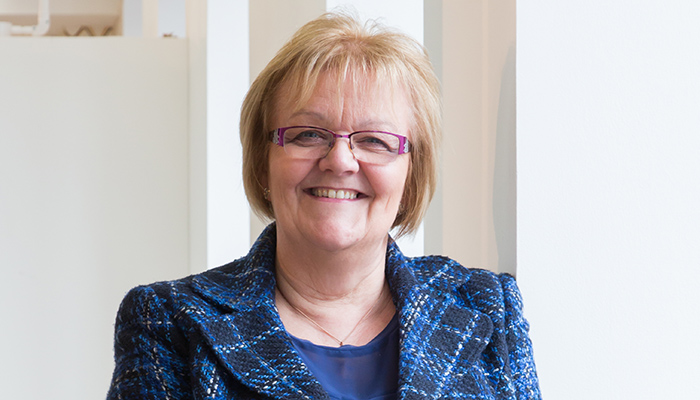Yvonne Orgill: 5 ways retailers can support the Unified Water Label

Yvonne Orgill: 5 ways retailers can support the Unified Water Label
Unified Water Label MD Yvonne Orgill says that KBB retailers have a unique opportunity to support the UWL and gain a commercial advantage by providing customers with the information they seek about the water and energy consumption of bathroom products.
"Retailers have an important role to play and could make a significant difference by taking on board the following top five ways to support the Unified Water Labal," she says.
1. Update your knowledge
Climate change is no longer seen as an issue for extremists. Everyone wants to understand more about how their everyday decisions impact on the environment. Retailers that update their own knowledge on the relative efficiencies of the flow and flush properties of the products they sell will be more able to respond to consumers seeking this information.
2. Promote and share information
Information is readily available from manufacturers and via the Unified Water Label website. The products are available and there is plenty of choice – there are 160 brands across Europe that support the label and it is easy to find them by using the Unified Water Label database.
Research into consumer habits consistently shows that consumers would be influenced in their buying choices if they had more information about the water efficiencies of the bathroom products they are buying.
In August 2020 research from the BMA found that three-quarters of British adults try to use water wisely whenever they can, with 75% of respondents recognising the importance of individual responsibility in saving water. However, the survey also reported that four in ten adults are not sure how to improve water efficiency in their home (41%) and three in ten (28%) don’t know how much water they use daily. Retailers can change this by offering the information they require.
3. Match the product to the lifestyle
While consumers may be looking to be more water and energy efficient, they still require bathroom products to deliver the required experience and functionality. The key to achieving this balance is not to restrict choice, but offer a range of products that use less finite resource but do not compromise performance, allowing them to make an informed choice.
Providing the consumer with a product that limits the amount of water and reduces the efficiency and enjoyment of the experience is likely to have a negative impact. Retailers may find themselves with restricted products to offer if a mandatory label is forced upon the industry, rather than the voluntary option we have now via the Unified Water Label.
4. Use the resources available
Labelling water-using products is a growing practice across the globe, with many initiatives being implemented. Consumer labelling has a pivotal role to play in influencing behaviour change. A label that provides the consumer with information about how much water and energy the product uses, gives them the opportunity to make informed choices, especially when combined with education about the impact of using water wisely in the home.
5. Commit
The tide is turning on the environmental agenda. Those retailers who can sell the benefits of water and energy-saving products to consumers will have an opportunity to get ahead of the competition for their own commercial gain.
More information about the UWL, along with details on which products are registered can be found here www.europeanwaterlabel.eu
Photo by Paul Craig
Tags: features, insight, unified water label, uwl, yvonne orgill, kitchens, bathrooms
Sign up to our newsletter
Most Read
Crown Imperial – 5 ‘must have’ kitchen trends for 2026
Sun 21st Dec 2025

























